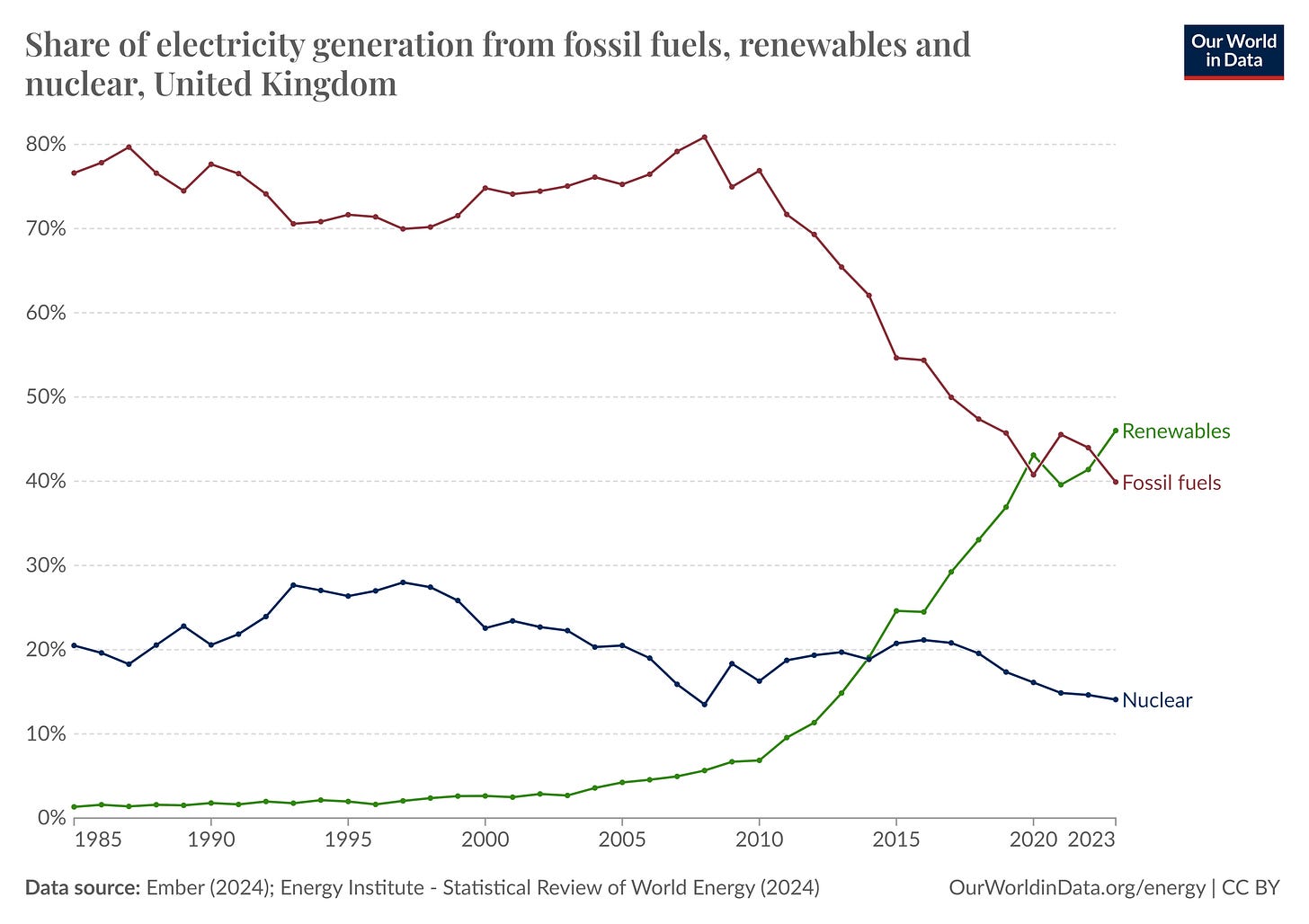Is There a Reason to Celebrate the Death of Coal in the UK?
The UK will no longer use coal to generate electricity. Does it matter in the global context?
The UK's Milestone Achievement
The United Kingdom recently marked a historic milestone by closing its last coal-fired power station, effectively ending coal-based electricity generation. While the applause is well-deserved, it is important to view this in a broader global context before celebrating the end of coal entirely.
The UK's connection to coal runs deep. This was the birthplace of the Industrial Revolution, where coal powered factories and fueled the expansion of the British Empire. But those days are long behind us. The Industrial Revolution now belongs to history, and the geopolitical landscape has shifted dramatically since that time.
What the UK's achievement truly demonstrates is the possibility for nations to transition away from dirty fuels. As recently as 2012, coal accounted for nearly 40% of the UK’s electricity generation. Yet, in just over a decade, the country has managed to phase it out entirely.
The UK is now the 14th of 38 OECD countries to stop using coal for electricity. Iceland led this shift as early as 1950, followed by Switzerland in 1961—both nations benefiting from abundant hydropower, supplemented by geothermal energy in Iceland and nuclear power in Switzerland. More recently, Sweden and Austria joined this cohort in 2020 (source). The OECD’s coal generation peaked in 2007 when it accounted for 36% of electricity production, a figure that has since halved (source). Among G7 nations, the UK is the first to eliminate coal from its electricity grid, while Germany remains about 15 years away from doing the same.
What is particularly commendable is that the UK’s progress hasn’t been driven by a simple shift to natural gas. Since 2000, natural gas has consistently provided between 35-40% of the country’s electricity. Instead, this transition is largely the result of a significant increase in renewable energy. In 2010, wind accounted for just 2.7% of the UK's electricity, while solar was nearly non-existent. By 2023, wind had grown to almost 30% and solar to nearly 5%. The most remarkable change has been the integration of wind power, which has rapidly transformed the UK's energy landscape.


